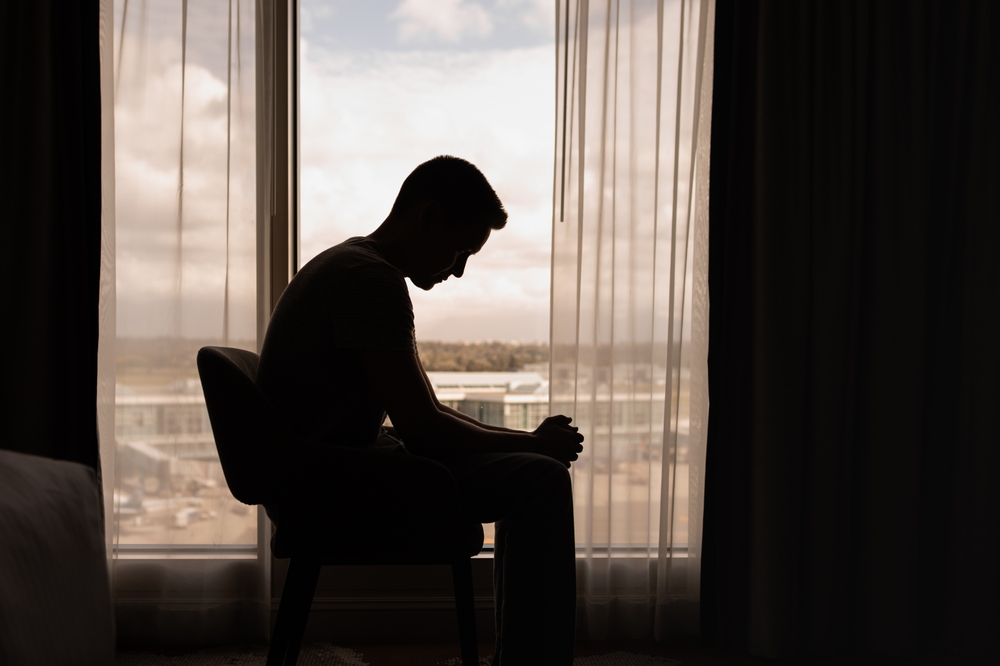Millions of adults suffer from Post Traumatic Stress Disorder every year. But because some of the symptoms of PTSD look and feel like anxiety or depression, they may not be getting the help they need. Find out how to tell the difference, and what you should do if you think your anxiety or depression is actually PTSD.
What is Post Traumatic Stress Disorder?
Post-Traumatic Stress Disorder is a mental illness that occurs after a traumatic life event such as:
- Experiencing a life-threatening incident (i.e. car crash, dog bite)
- Witnessing someone die or be severely injured
- Learning about harm to a someone close to you
- Combat experiences among veterans
- Secondary traumas for first responders and police responding to crises
- Experiencing a sexual violation
- Enduring repeated exposure to traumatic behaviors
According to the National Center for PTSD, about 7-8% of adults will have PTSD at some point in their lives, including 10 in 100 women and 4 in 100 men.
Symptoms of PTSD:
The symptoms of PTSD often include:
- Intrusive memories (including flashbacks or nightmares)
- Avoidance of places, activities, people, or topics that remind you of the incident
- Negative changes in thinking and mood (including memory problems)
- Changes in physical and emotional reactions (sometimes caused “arousal symptoms”)
PTSD doesn’t happen immediately after the event. Symptoms of post-traumatic stress disorder may start within a month of the traumatic event; however, sometimes you may feel like you have “gotten over” or moved past an incident, only to have PTSD symptoms emerge months or even years later. When that happens, they can be easy to mistake them for another mental illness, such as anxiety or depression.
How Does PTSD Look Like Depression?
The symptoms of PTSD and depression can often overlap. Both mental conditions can sometimes include:
- Negative thoughts about yourself
- Feelings of hopelessness
- Emotional numbness
- Trouble sleeping
- Memory problems
- Loss of interest in pleasurable activities
- Thoughts of suicide
However, while depression is often generalized, PTSD symptoms tend to be focused around the past traumatic event. For example, while depression can cause insomnia, PTSD is more likely to cause nightmares that relate back to the event. Treatment for PTSD and depression differ in similar ways. PTSD treatment focuses on the memory of the traumatic event and its meaning, while depression treatments tend to focus more on regulating thoughts and mood.
How Does PTSD Look Like Anxiety?
Similarly, anxiety and PTSD also share several symptoms:
- Feeling nervous or on edge
- A persistent sense of fear, impending panic, or doom
- Trouble concentrating
- Trouble sleeping
- Intrusive thoughts about worry or fear
- Avoidance of triggers
- Panic attacks
There are different varieties of anxiety, from generalized anxiety to specific phobias. Several of these closely resemble post-traumatic stress disorder. In some cases, a person experiencing an ongoing traumatic event, such as an abusive relationship or a disease, may experience anxiety while the situation continues, only to have it transition to PTSD after they escape the situation or recover from the disease. In other cases, the anxiety may be caused by learned behaviors or biological conditions unrelated to a traumatic event.
If you are experiencing any of these symptoms?
Contact David Now.
No obligation with your Initial Consultation
Often, people experiencing PTSD may speak to their therapist about anxiety concerns while avoiding references to the traumatic event that caused them. However, the treatment of generalized anxiety disorder and PTSD are different. Avoiding discussing your traumatic event with your therapist can cause your treatment to follow a different path and prolong your experience of symptoms.
What to Do if You Think You Have PTSD?
The most important, and sometimes hardest thing to do if you think you have PTSD is to tell someone about your traumatic event. This can be difficult and will often involve a temporary increase in your PTSD symptoms. However, taking this first step is necessary if you want to experience lasting relief. If you can tell your therapist about the thing that happened to you or that you witnessed, he or she can focus your treatment on helping you resolve your feelings about that incident. This will allow your treatment to progress more quickly, so you can feel better about your life.
David Stanislaw is a psychotherapist with over 30 years of experience. He helps children, teens and adults with anxiety, depression, post-traumatic stress disorder, and other mental health concerns. Contact David Stanislaw to get help today.


 How Psychotherapy Helps PTSD
How Psychotherapy Helps PTSD Facing Holiday Grief Together as a Couple
Facing Holiday Grief Together as a Couple 7 Techniques for Combating Isolation
7 Techniques for Combating Isolation